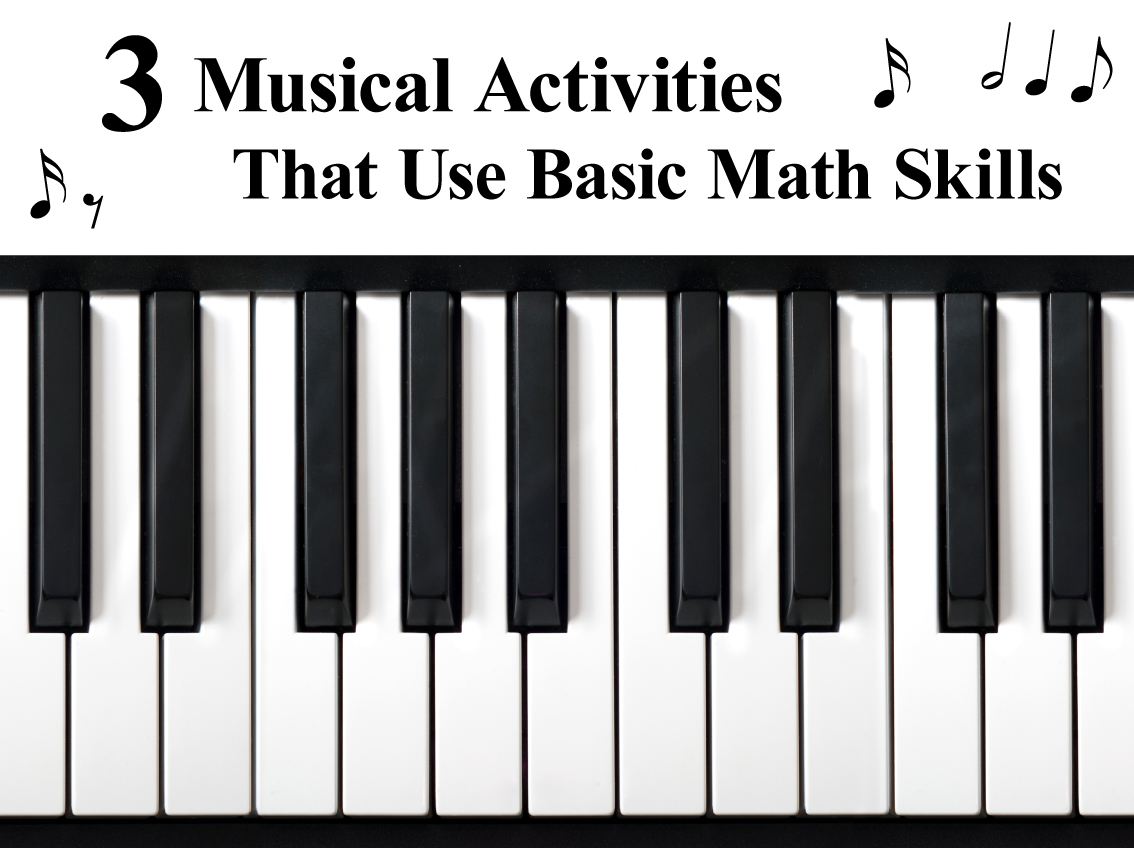

Our brains are extremely adept at combing through even the simplest sounds for patterns, and they are equally adept at building connections between those patterns and the things you know-thus, your brain took what was a series of low-information sounds, organized in time, and found meaning in them. If just clapping through this pattern sounded vaguely like Twinkle, Twinkle, Little Star to your ears, you’re not alone. (For the curious, John Cage has a lot to say about the boundaries of what constitutes music-a great subject for another day.)įor a more conventional example of rhythm, try clapping six quarter notes in succession, at a medium tempo, followed by a half note. So if I ding my glass of water with a pencil, and then immediately afterward my dog barks simultaneously with a car horn from outside, was that rhythm?Īlbeit perhaps not such great music. “Rhythm” describes the temporal organization of sound. So what is rhythm? Defining a musical concept is a wonderful way to start a musicological argument, so for now, kindly accept my definition: organizing sound according to placement in time.
MUSIC MATH AND ME HOW TO
Of course, if you have any questions on the info below, ask your music teacher, or learn how to find a talented one! The Basics of Rhythm Now, for the curious, we could go further and say that sound itself-pressure waves of variable amplitude and frequency, traveling through a medium such as air-is also mathematical and for that matter, so is air pressure, and the vibrations that cause sound waves in the first place, and our ability to process sound information in our ears and neurons… we’re getting a little outside our purview for today, but for those interested, Max Tegmark’s Our Mathematical Universe should scratch the itch. I find it helpful to organize these concepts into three rough categories:


Like chemistry, computer programming, filmography, fluid dynamics, archery, bread baking, particle physics, and more, music can be well- represented with mathematical concepts.


 0 kommentar(er)
0 kommentar(er)
